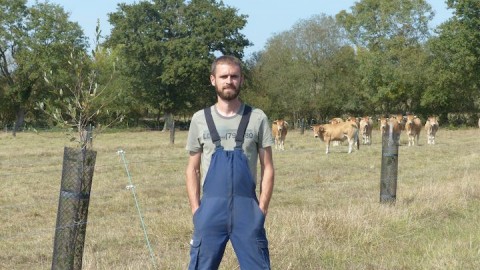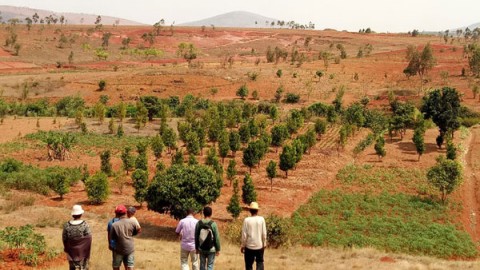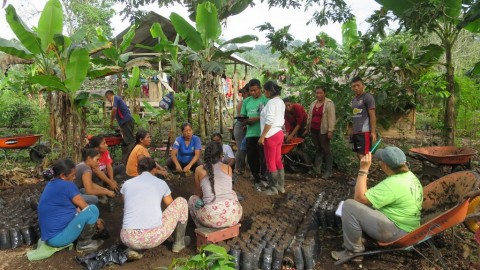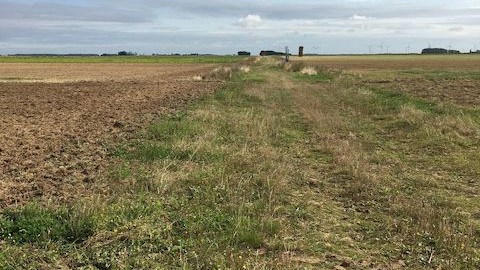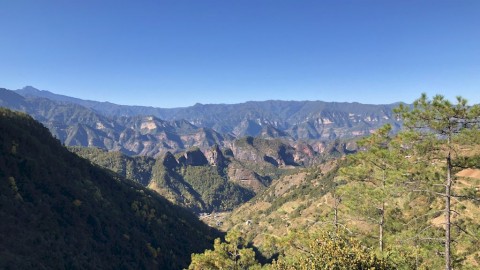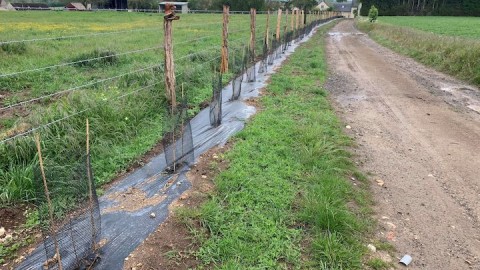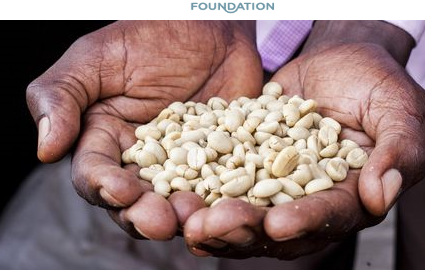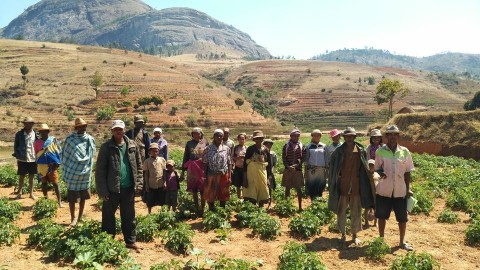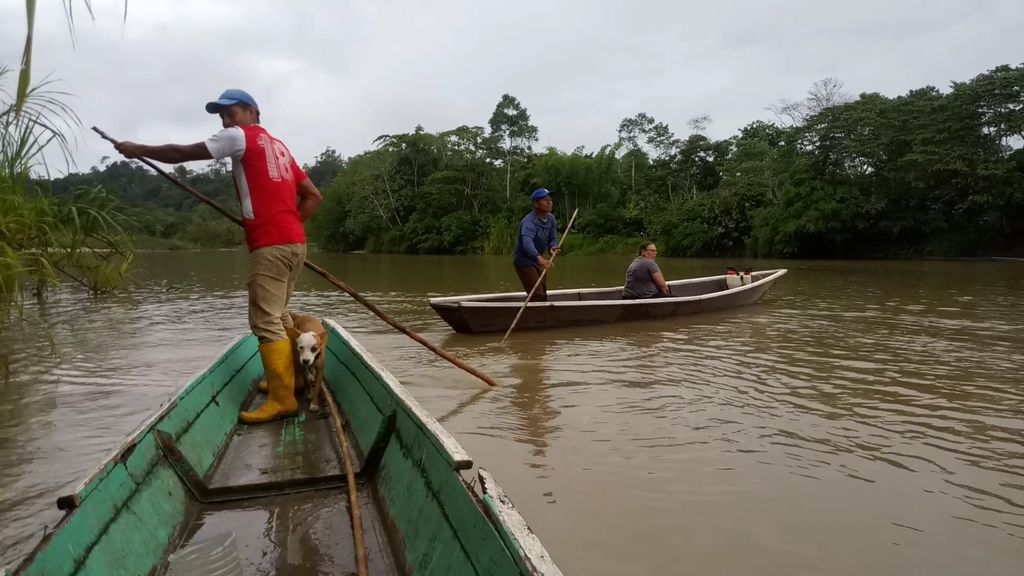
Background & challenges
The way of life of the Kichwas people in the Ecuadorian Amazon has evolved over the centuries from nomadism, based on hunting and gathering, to the ‘chacra’ agroforestry system. The chacra meets every need the year round with an extremely diverse range of cultivated species.
But the 20th century has led to traditional agroforestry being gradually replaced by monocultures or short-cycle crop associations. These major changes in the farming system have resulted in overexploitation of natural resources, which in turn has caused deforestation, erosion, soil impoverishment and a decline in biodiversity.
Nevertheless, the traditional chacra is still present in the region. The project depends on this ancestral know-how to reorientate rent-based farms towards sustainable agroforestry.
The objective of the project is therefore to install 5,500 trees whose species are in decline on the plots worked by Kichwa farmers; action that should lead to several economic and ecological improvements.
Indeed, for an orchard planted with fruit trees, revenue increases by over 30% after three years and 100% after five years. In addition, by planting timber species, a tree will earn the farmer around $200 when felled two decades after planting.
From an ecological point of view, this agroforestry project contributes in the following ways:
- protection of water resources; enhancing biodiversity by regeneration an ecosystem and preserving it by introducing rare species; boosting the resilience of the forest plot by planting many different species;
- tackling global warming by capturing carbon (greenhouse gas emissions, GHG are absorbed);
- tackling soil erosion and leaching by stabilising and enriching the soil with organic matter. Some species of timber trees are legumes (e.g. Cedrelinga cateniformis) and help increase the nitrogen content of the soil.
Since January 2014, the previous phases of this project enabled the planting of nearly 84,000 trees (including 37,000 timber and 47,000 fruit trees), as well as monitoring of the plots worked by the 144 farmers involved.
Project type

Forest and agroforestery
Beneficiaries

40 to 60 families in the region, 1/3 men and 2/3 women between 20 and 60 years of age
Number of trees

11,200 trees will remain for several years after planting a total of 14,000 .
Species planted

Timber forest trees (2/3) and fruit trees (1/3), with a wide variety of 10 to 20 species per plot and the reintroduction of local endangered species. Complete list below
Partner

GoodPlanet Foundation together with Ishpingo
Endangered timber species in the area:
Ahuano/American mahogany (Swietenia macrophylla), arenillo (Erisma uncinatum), balsamo (Myroxylon balsamu), canelo amarillo (Ocotea javitensis) canelo anis (Nectandra sp.), caoba betiada (Plathymiscium estipulare), cedrillo (Cabralea canjerana), chuncho/tornillo (Cedrelinga cateniformis), guayacan (Tabebuia guyanensis), huambula (Minquartia guianensis), mindal (Simira sp.), pechiche (Vitex cymosa), pinga (Aspidosperma sp.), canelo café (Ocotea sp) et chiriguayusa (Rouwolfia sp).
Other lumber species:
Avio (Pouteria sp.), manzana colorada (Guarea guidonia), peine de mono (Apeiba membranacea).
Species of fruit trees in the region:
Achanso (Caryodendron orinocense), araza (Eugenia stipitata), borojo (Borojoa patinoi), chicle muyu (Lacmella oblongata), cherimolier (Rollinia mucosa), guanabana (Annona muricata), guayabilla (Eugenia victoriana), mulchi (Eugenia subterminalis), pungara (Garcinia madruno), sapote (Matisia cordata).
Exotic species of fruit trees from Asia:
Achiotillo/ramboutan (Nephelium lappaceum), citron galet (Citrus aurantifolia), manzana de agua (Syzygium aqueum), mandarine (Citrus reticulata), menteng (Baccaurea dulcis), orange (Citrus sinensis), salak café (Salacca edulis), salak rouge (Salacca affinis).
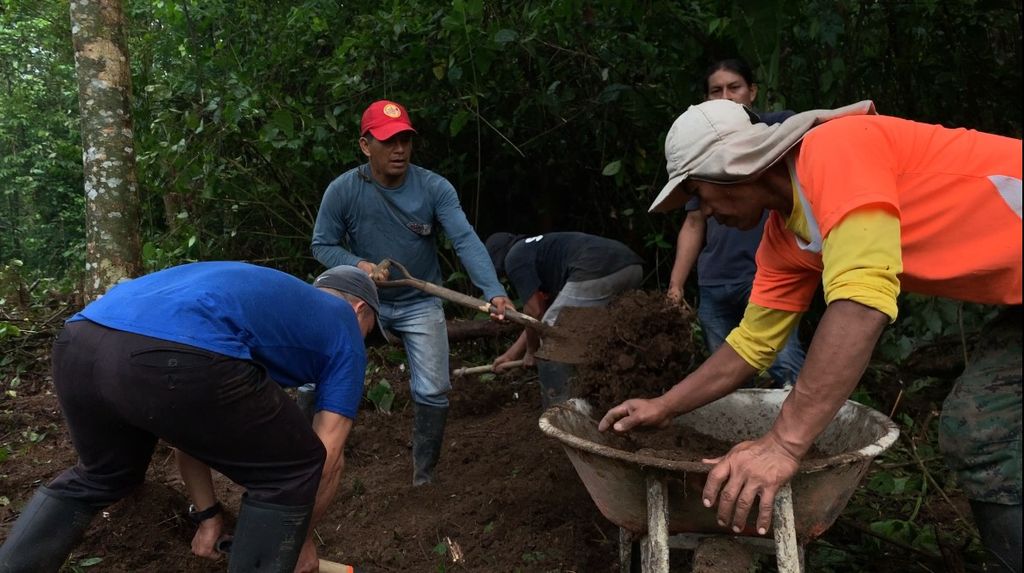
Works timeline
- January – February 2021: development of organic fertilizers
- January – June 2021: preparation of seed bags
- February – July 2021: purchase and harvest of seeds or seedlings
- March – July 2021: bagging of seedlings
- March – October 2021: nursery maintenance
- August – December 2021: transport of young trees to farmers and tree planting
- December 2021 – August 2024: monitoring and maintenance of plots of land at farmers’ homes (2 to 3 visits per year and per farmer) and training of farmers (on site at each visit)
Planting partner
GoodPlanet Foundation systematically associates social and economic wellbeing with environmental challenges. Its carbon offsetting programme, set up in 2006, seeks to tackle global warming by proposing sustainable and economically viable alternatives to polluting activities – for the benefit of the most disadvantaged populations.
Teaming up with NGOs or medium-sized, local social enterprises, the Foundation develops projects in line with international solidarity and public interest.
With this end foremost in mind, Action Carbone Solidaire provides these populations with both financial and operational support to help boost their capacities.
Ishpingo is the local association implementing the project, with financial and operational backing from GoodPlanet.
Budget
The total budget to be collected is €61,600. The price for planting a lasting tree is €5,50 and breaks down as follows:
- 95% allocated to the planting project:
- Nursery: €1
- Planting: €0.63
- Training: €0.50
- Technical follow-up: €1
- Project follow-up: €1.27
- A Tree for You collection, monitoring and communication costs (15%): €0.825
- and 5% (€0.275) to support the structural costs of A Tree for You.


